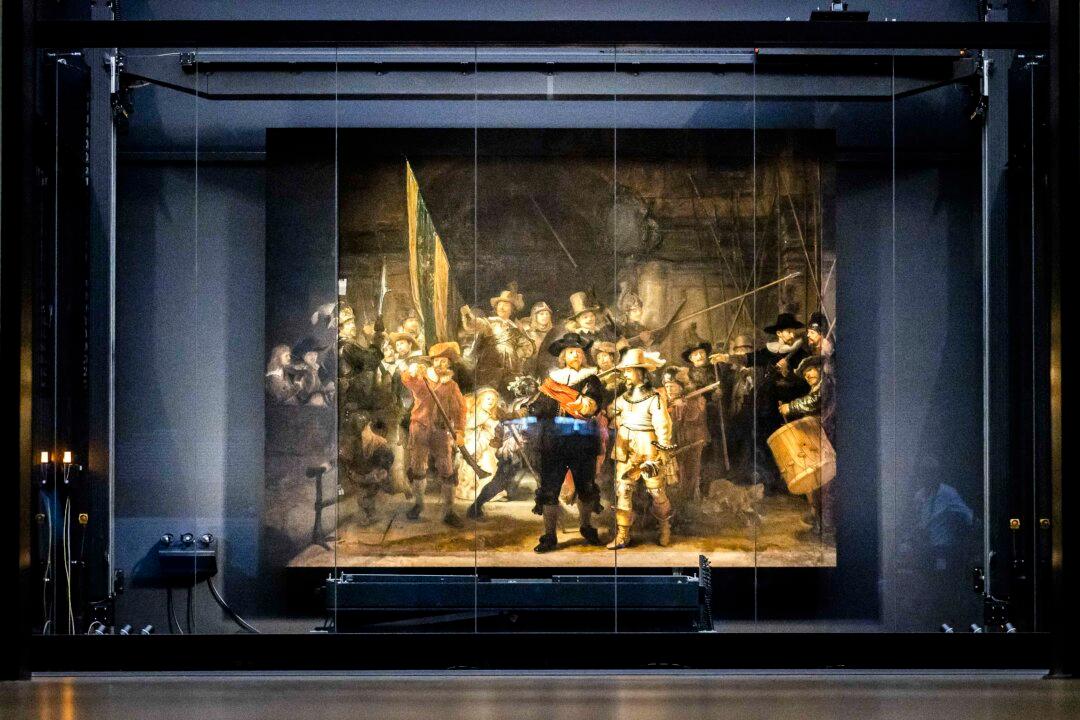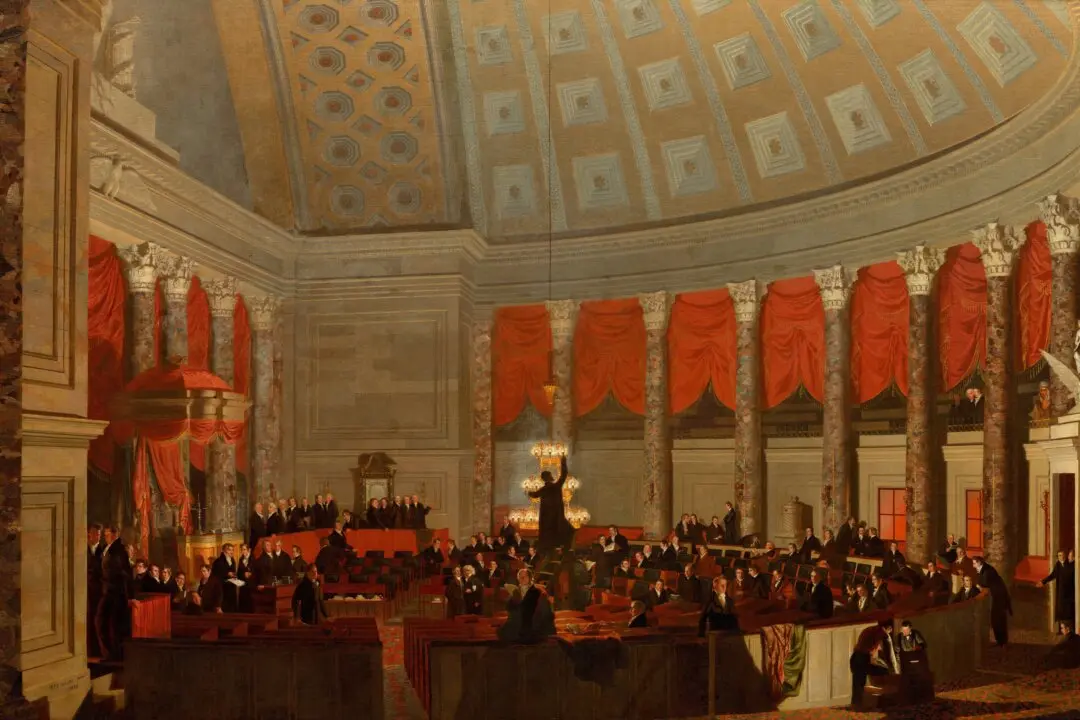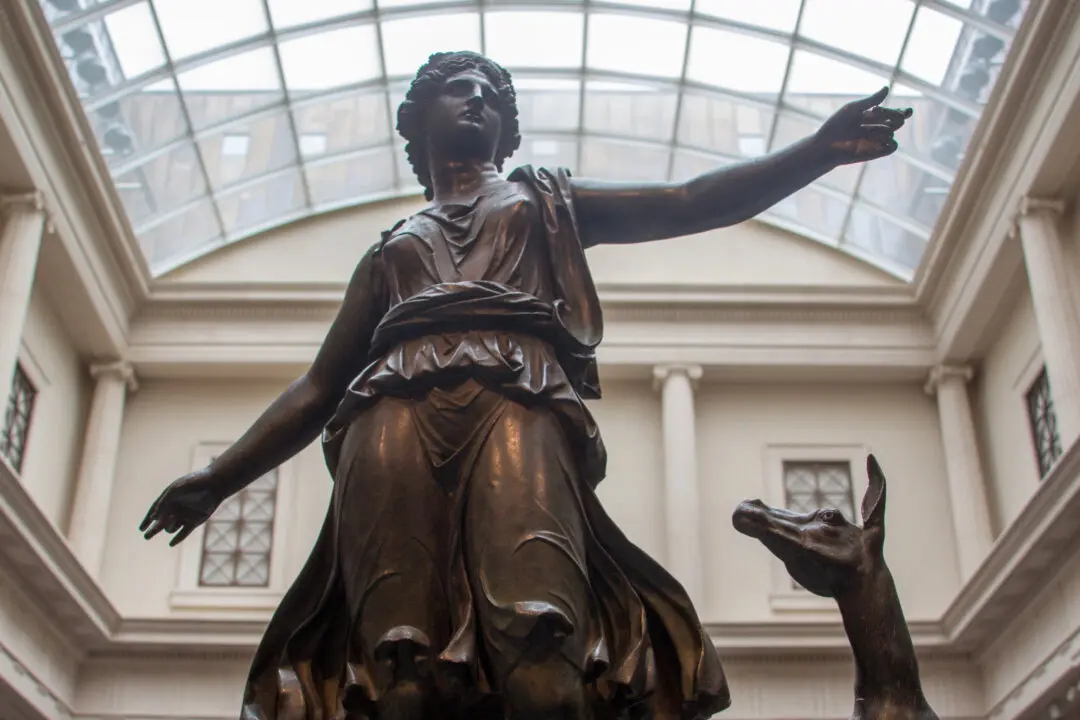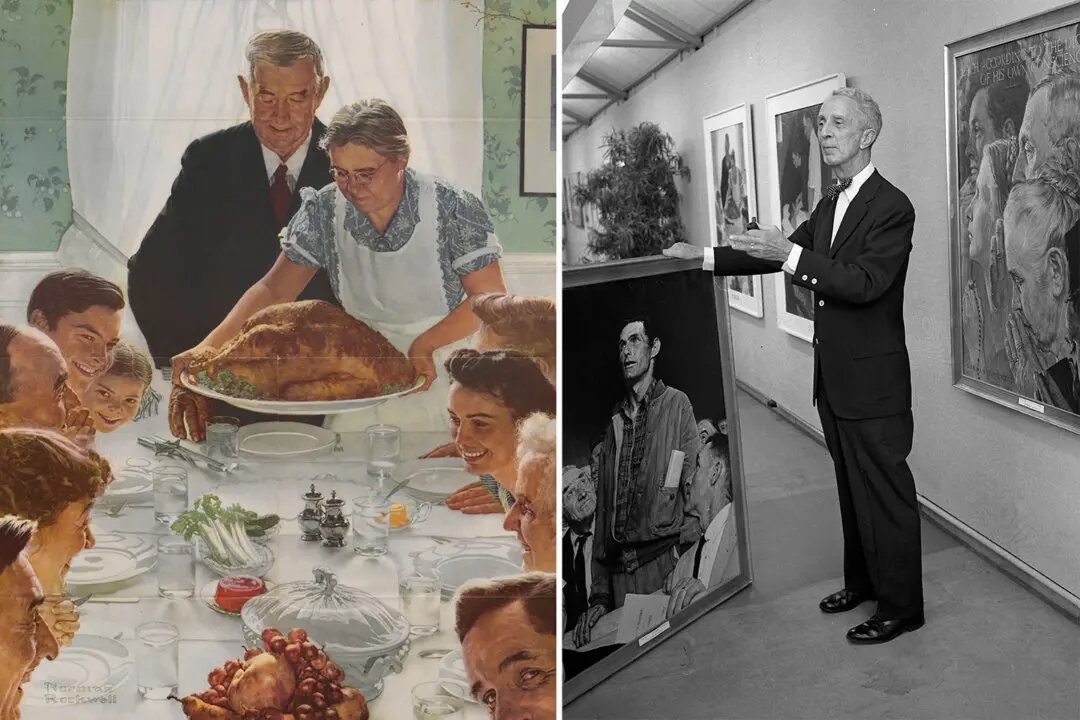Rembrandt’s enigmatic “The Night Watch” is one of the greatest paintings of the Dutch Golden Age. It was completed in 1642, at the height of the artist’s success. Rembrandt (1606–1669) was the most famous painter in Amsterdam, renowned for history painting and portraiture. “The Night Watch” is a groundbreaking group portrait that has weathered misconceptions, attacks, and conservation issues. It is now undergoing restoration in a multiyear, complex process dubbed “Operation Night Watch.” This complex process is on full view for the public—a thrilling measure as innovative as the painting itself.
A member of the rarified club of artists known by only one name, Rembrandt, born Rembrandt van Rijn, changed the course of art by pushing the boundaries of brushstroke, color, light, and subject. He grew up in Leiden the son of a miller and briefly studied at the city’s university before leaving to pursue painting.





